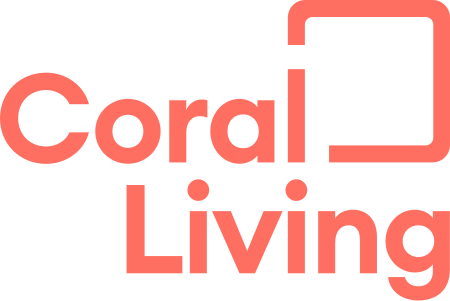Autism: The missing women and girls
Who comes to mind when you hear the word ‘autism’?
The answer is probably not a middle-aged woman or a teenage girl. The widespread preconception that autistic people comprise young males contributes to the under-diagnosis of women and girls on the autism spectrum.
Clinicians and researchers used to believe that autistic males outnumbered autistic women by 5 or even 10 to 1. However, more recent studies that go beyond the clinic and screen the general population suggest the male: female ratio is closer to 3:1. That difference, between the numbers of diagnosed autistic females known to clinical or educational services and the number of females who meet criteria for autism when screened, suggests thousands of women and girls may be undiagnosed and unknown to specialist services.
Indeed, even considering girls who have been diagnosed with autism, research shows that diagnosis typically comes later for them than for boys. It requires more pronounced signs of autism and/or additional ‘red flags’ such as intellectual disability.
Why are we missing autism in women and girls?
There are at least four reasons:
- First, the majority of research historically was conducted mostly or solely with male participants and therefore what we think we know about autism is largely what we know about autistic boys and men. Why does this matter? Research findings feed into diagnostic criteria, tools and processes. The lack of research, until very recently, with autistic female participants means that our diagnostic tools may not be fair to women and girls.
- Second, our preconceptions and stereotypes about autism mean that parents, teachers and even clinicians may not think ‘autism’ when they see a girl who is struggling socially, as they would for a boy. Instead, they may reach for a more gender-stereotyped label, such as social anxiety for a girl or personality disorder for a woman. These preconceptions also lead to ‘diagnostic overshadowing’; an autistic girl may well have social anxiety but the latter label, once applied, may prevent the clinician from seeing that she is also autistic, with all the strengths and challenges that brings. Eating disorders, in particular, seem to ‘overshadow’ autism for many clinicians; around 20-30% of women attending anorexia clinics meet criteria for autism, despite never having been diagnosed. It matters that clinicians don’t stop at the eating disorder and go on to see if this is anorexia in the context of autism, because there may be different drivers (and hence treatments) for anorexia in autistic versus non autistic people.
- Third, autism in women and girls may look a little different from the typical manifestations in males. Autism is diagnosed based on behaviour (there’s no biological marker or, e.g., blood test). A combination of social and communication difficulties and preference for routine and repetition (often accompanied by strong sensory likes and dislikes) is the key characteristic. These behavioural differences may be expressed in a variety of ways; for example, socially an autistic person may be avoidant, passive, or actively very sociable but unable to judge the right social approach. Some autistic girls (and boys – gender differences only apply on average) are socially ‘clingy’, sticking closely to a preferred classmate. This doesn’t match the ‘aloof’ social style more associated with the male autism stereotype. Similarly, intense but narrow interests are a feature of autism; a clinician who asks a 15-year-old what they are interested in will likely consider autism if the answer is ‘Thomas the Tank Engine’ or ‘electricity pylons’ but is less likely to do so if the answer is ‘horses’ or ‘Kate Winslet’. Autistic girls often have intense interests in peer-typical topics but the strength and narrowness are still unusual; they may collect facts about only the Caspian breed of horse, or know every biographical fact about the actress without particularly enjoying her films.
- Fourth, a factor in the under-diagnosis of autistic females is the phenomenon known as ‘camouflaging’ or ‘masking’. Autistic people, especially women, have written and spoken about being driven to hide their autistic characteristics and pretend to be ‘neurotypical’. They may choose a socially successful women at work or girl in class and copy everything about her – her clothes, hair, way of walking, and manner of talking. The motivation is often to avoid the negative reactions of others, including bullying and ostracism. Unfortunately, ‘masking’ is exhausting – imagine speaking a second language you don’t know well, 24/7. Many autistic people also say that camouflaging can erode their sense of self because they feel inauthentic even with friends and family. Mental health difficulties (e.g., anxiety, depression) and, tragically, suicide are far more common in autistic than non-autistic people. Suicide is especially elevated in autistic women.
What can we as non-autistic people and society do to help?
The more accepting we are of difference the less autistic people will have to hide their true selves or shoe-horn themselves into a neurotypical straightjacket.
And please don’t tell a woman ‘Oh, you don’t look autistic!’ or ‘You’re married, you can’t be autistic’ if she discloses her diagnosis. Neither is a compliment, and both reveal the autism stereotypes we urgently need to leave behind.
Francesca Happé CBE FBA FMedSci. Professor of Cognitive Neuroscience, King’s College, London University
Co-Author of Autism: A New Introduction to Psychological Theory and Current Debate and co-editor Girls and Autism (Routledge 2019)
